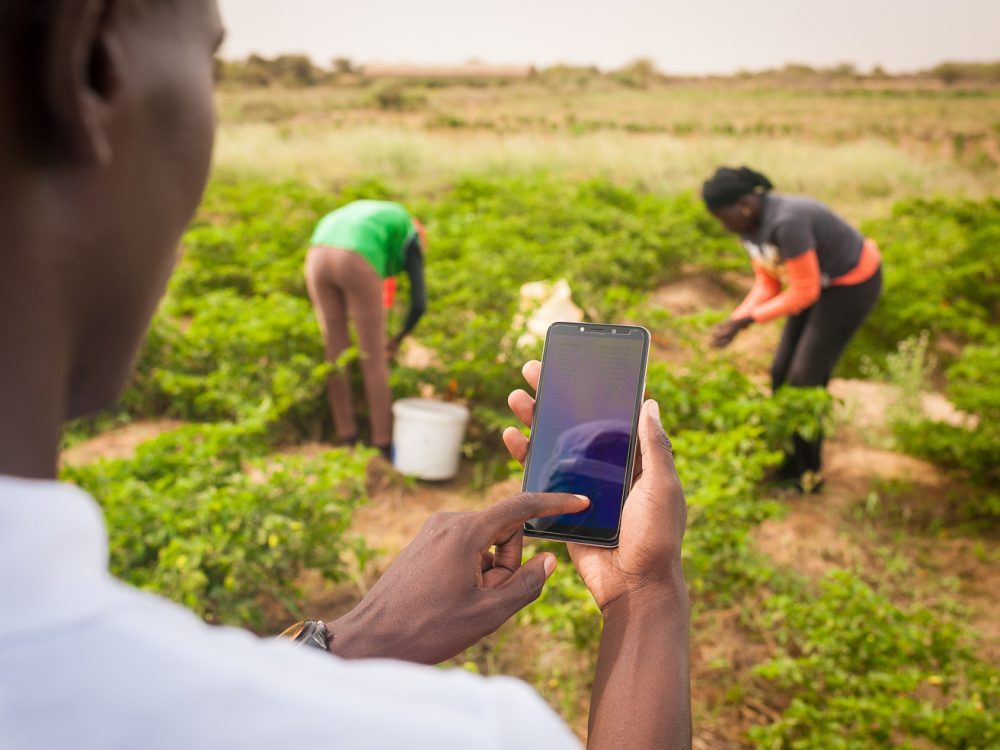Fighting Ebola, One Data Entry at a Time
Maybe it’s just me, but the hysteria over Ebola seems to be far greater than any other contagion-type scenario we’ve been through of late (or I’ve just become more cognizant of the fact that I’m a little bit older, and death is that much closer). That includes the swine flu, which killed somewhere around 14,000–18,000 people, and infected 1 out of 5 people globally, while Ebola so far has seen around 5,000 deaths. If only we could focus our apprehension into finding ways to better combat humanitarian crises such as this. Here’s one way we can work to improve responses:
Every disaster struggles with the effort it takes to manage, track, and effectively deploy and coordinate the large amount of support that comes in to handle the crisis. It was true in Haiti, and in a myriad other situations. The Ebola crisis is no different. NextGov TechInsider talks about how, “A cohesive and well-developed open data preparedness framework allows for the most accurate and necessary information to be distributed promptly in the wake of a disaster, facilitating expedient communication between all affected parties.”
CGD pointed out that even though UN OCHA’s Financial Tracking service publishes donor contributions to fighting Ebola, the numbers seem to fall short of what has been reported via the news. Again, this points out the need for better information on donor contributions during humanitarian crises. Such information could help overwhelmed and overstressed governments better manage the many efforts of those trying to help and potentially avoid the errors that can come with ‘too many cooks in the kitchen.’
When trying to figure out which cooks are in the kitchen, Aptivate recently added contract data from Development Gateway’s dgMarket to make the interactive TradeMapper which allows you to see where countries are contracting from. While just a proof-of-concept right now, it shows the potential of contracting data.
But when is data most useful? When it allows people and organizations to make better, more informed decisions to improve efficacy, improve results, and improve lives. One such example is how a little data science allowed the microfinance organization, Zidisha, to reduce the number of fraudulent loan applicants. This not only decreases the waste of money spent on individuals seeking a quick dollar, but as more individuals pay back loans, faith in the system is increased, and popularity of providing this type of microfinance likely grows and funds become increasingly available for those seeking small loans. Thus we see improved lives, better results and more efficiency stemming from a good look at data that was already available to them.
Image: Screenshot of TradeMapper from Aptivate.
This piece was originally published on AidData’s The First Tranche.
Share This Post
Related from our library

Introducing The HackCorruption Civic Tech Tools Repository
Introducing the Civic Tech Tools Repository: an open-source hub of digital solutions to fight corruption. Designed for growth through GitHub contributions, it brings together tools, code, and resources across six key areas for HackCorruption teams and beyond.

Building a Sustainable Cashew Sector in West Africa Through Data and Collaboration
Cashew-IN project came to an end in August 2024 after four years of working with government agencies, producers, traders, processors, and development partners in the five implementing countries to co-create an online tool aimed to inform, support, promote, and strengthen Africa’s cashew industry. This blog outlines some of the key project highlights, including some of the challenges we faced, lessons learned, success stories, and identified opportunities for a more competitive cashew sector in West Africa.

Digital Transformation for Public Value: Development Gateway’s Insights from Agriculture & Open Contracting
In today’s fast-evolving world, governments and public organizations are under more pressure than ever before to deliver efficient, transparent services that align with public expectations. In this blog, we delve into the key concepts behind digital transformation and how it can enhance public value by promoting transparency, informing policy, and supporting evidence-based decision-making.